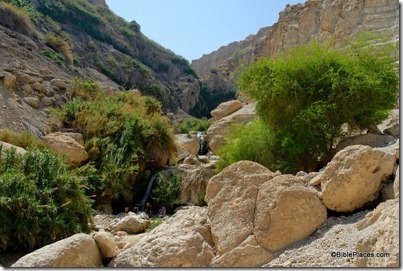From the Jerusalem Post:
A special Knesset session of the Jerusalem Lobby on Wednesday was dedicated to exploring the feasibility of a cable car leading to the Old City, which supporters claim will improve accessibility for tourists with disabilities and reduce traffic. “I remember the cable car on Mount Zion during the War of Independence,” Knesset Speaker Reuven Rivlin said at the opening of the session. “There are things that seem impossible – like a cable car passing over us – because they require more effort on behalf of future generations.” Rivlin added that the traffic from the 150,000 tourists per month in the Old City creates “unbearable crowding” that also stops Jerusalemites from moving freely around their city. Rivlin proposed an economic feasibility study to examine the cost of such an initiative in greater detail. According to a plan from the Transportation Ministry, a cable car could carry up to 4,000 passengers an hour, eliminating the need for some of the 3,000 buses that drive in and around the Old City each month. The plan also stipulated that the cable car would be environmentally friendly and would not harm the view or surroundings of the historic area. The cable car would stretch across the Kidron Valley, from the building that houses the Government Printing Office on Rehov Miriam Hashmonaite, to the Dung Gate. The 1,030-meter-long ride would take approximately 3 minutes, 30 seconds.
The full story is here. I perceive a few obstacles and I wouldn’t rush to buy stock in the company just yet. As best as I can determine, the cable car would begin near the old train station (Miriam HaHashmonait is on its south end and intersects with Hebron Road). In that case, the cable car does not pass over the Kidron Valley at all, but travelers would cross over the Hinnom Valley. A more impressive route would be several hundred meters above the Old City.  Possible cable car route over Hinnom Valley; screenshot from Google Earth
Possible cable car route over Hinnom Valley; screenshot from Google Earth
